To participate in the unofficial franchise of ‘Great British’ television competitions comes with a lot of pressure. Can the show in question be an all-encompassing representation of everything that is British about a given craft? Can it breathe new life into the career of a pensioner-turned-TV judge? And are there enough opportunities to get Union Jacks – on bunting or otherwise – in every other shot?
Great British Photography Challenge is the latest television series to take on this enormous responsibility. This show’s host isn’t in need of a near-retirement resurrection though. Rankin, who co-founded Dazed & Confused in 1991, is still a big name in the photography world – and as the five-storey North London studio with ‘RANKIN’ emblazoned across the windows indicates, he’s still getting the work to pay his bills.
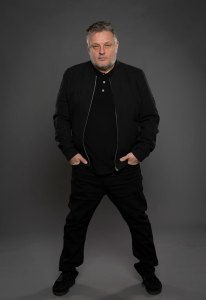
Rankin, photographed by Alan Peebles. Photo: BBC/Storyboard Studios
At the start of the first episode, the six amateur photographers are shown arriving at the studio, strolling down the street – each with an occasional piece to camera saying how excited they are to be involved and how much photography means to them. Only one contestant veers into Apprentice-lite bravado by declaring: ‘I think I’ve just got a really good eye for it.’ Everyone else just seems very happy to be involved.
In a twist to the regular weekly challenge show format, Rankin announces that he’s ‘not interested in sending anyone home’. He justifies this humanitarian step by explaining that this is an educational show; ‘a chance to go back to school for a masterclass’. Although Rankin will choose a favourite picture each week – and at the end of the series, a winning photographer will be crowned – there’s no helicopter ride across the Square Mile, the kind of thing you might enjoy if you won Alan Sugar’s praise; instead there’s a polite, socially distanced round of applause.
Can a show succeed by repeating the weekly challenge format without the element of jeopardy? Will viewers root for the contestants without the fear that any of them might be expelled at the whim of an unimpressed authority figure?
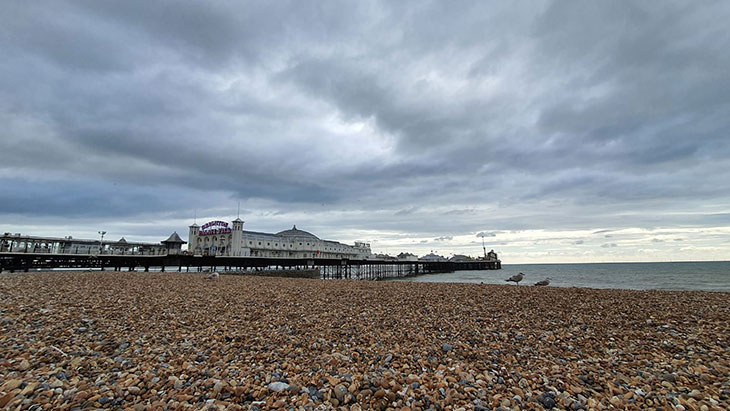
A smartphone snap of the beach in Brighton. Photo: BBC/Storyboard Studios/Paul Williams
For the first challenge of each episode the contestants are restricted to smartphones, on the principle that a great photographer doesn’t rely on a great camera. In episode one they are sent to Brighton to take photos around the subject of the ‘beach’. The commissioners might have hoped for Martin Parr-esque photos of fish ’n’ chips and gaudy end-of-pier attractions, keeping things as Great and British as possible. But unfortunately the six students arrive on a bleak grey day. The resulting photos are uninspiring, with Rankin commenting that if his granny posted something similar on Instagram he probably wouldn’t click ‘like’.
The next challenges, for which the students are allowed to use their preferred camera, include trips to the New Forest for nature photography and to Birmingham Wholesale market to attempt some documentary photography. These are pleasant enough to watch, but when bad photos are treated as opportunities for learning the pace feels somewhat slower than if someone’s survival in the competition were riding on their ability to take a picture of a mushroom.
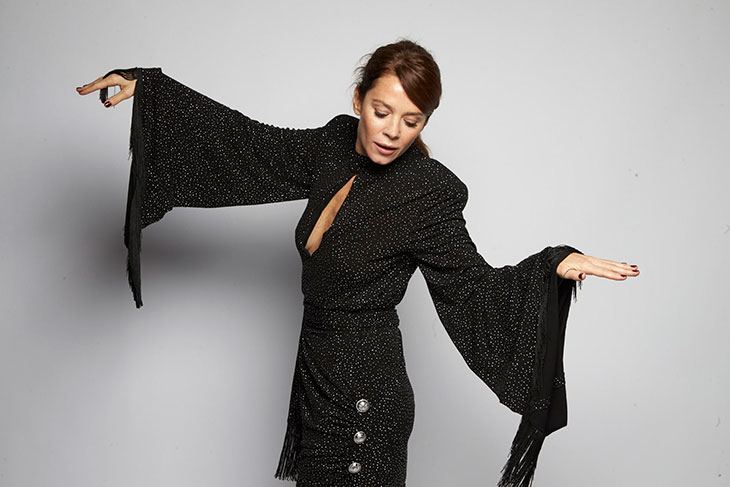
Anna Friel photographed by Jackson Moyles. Photo: BBC/Storyboard Studios/Jackson Moyles
The show takes off a little with the final challenge of each episode, which is on-set photography – Rankin’s own speciality. The first episode’s task is to photograph a celebrity, with Rankin’s friend Anna Friel roped in; episode two is fashion photography. The intense environment on a photography set works well, with stylists, models, assistants holding reflectors and lights – and Rankin himself hanging around in the background, on top of the 15-minute limit for the challenge. The photographers are under pressure to produce, the music can be synced up with the release of the camera shutter just as it would be to the chop of a Masterchef knife, and disapproving looks from the experienced on-set hands can be dropped in just as Masterchef might cut to a quizzically raised eyebrow from Gregg Wallace when someone adds sugar instead of flour to their béchamel. In this pressurised environment there’s the potential for drama: frustrated celebrities or models walking off set, an inexperienced photographer tripping over a wire, or – and halfway through the series, this has already happened – a contestant reduced to tears under the pressure. I can imagine a commissioner punched the air at that moment.
In these more heightened situations, fraught with the potential for failure, Great British Photography Challenge moves a bit closer to the winning formula of its predecessors. But before long everyone has politely received some useful feedback, and is ready to return for more next week – which does, after all, seem very British.
Great British Photography Challenge is broadcast on Mondays on BBC Four.
Unlimited access from just $16 every 3 months
Subscribe to get unlimited and exclusive access to the top art stories, interviews and exhibition reviews.

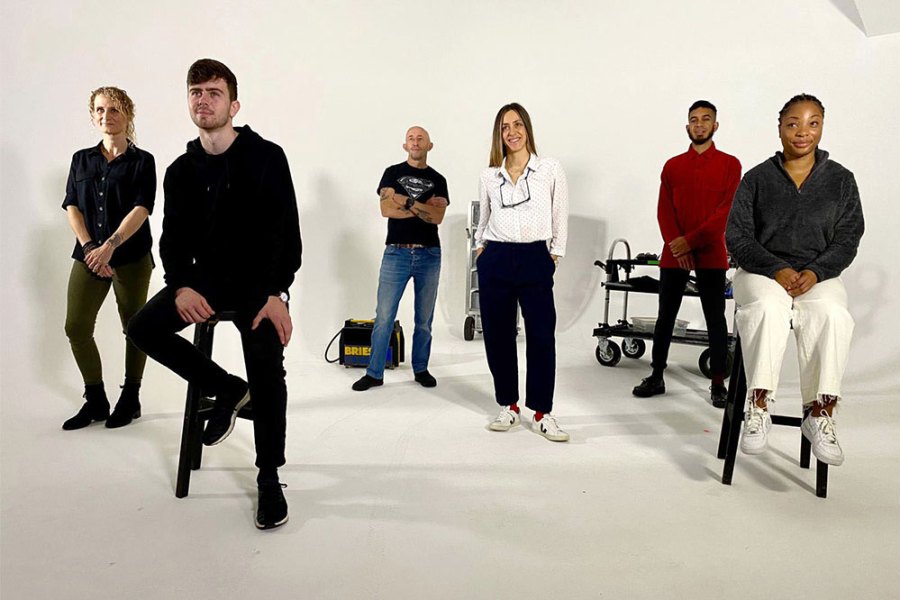
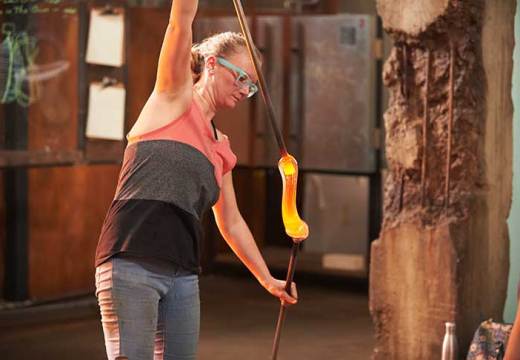
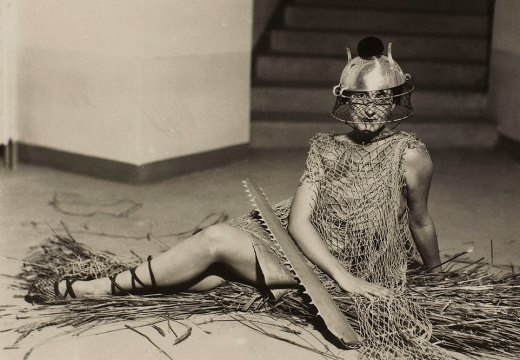
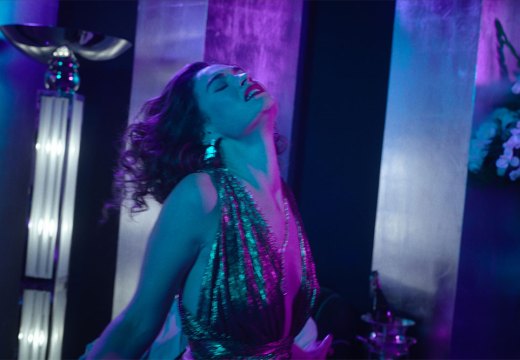









![Masterpiece [Re]discovery 2022. Photo: Ben Fisher Photography, courtesy of Masterpiece London](http://www.apollo-magazine.com/wp-content/uploads/2022/07/MPL2022_4263.jpg)
It’s time for the government of London to return to its rightful home